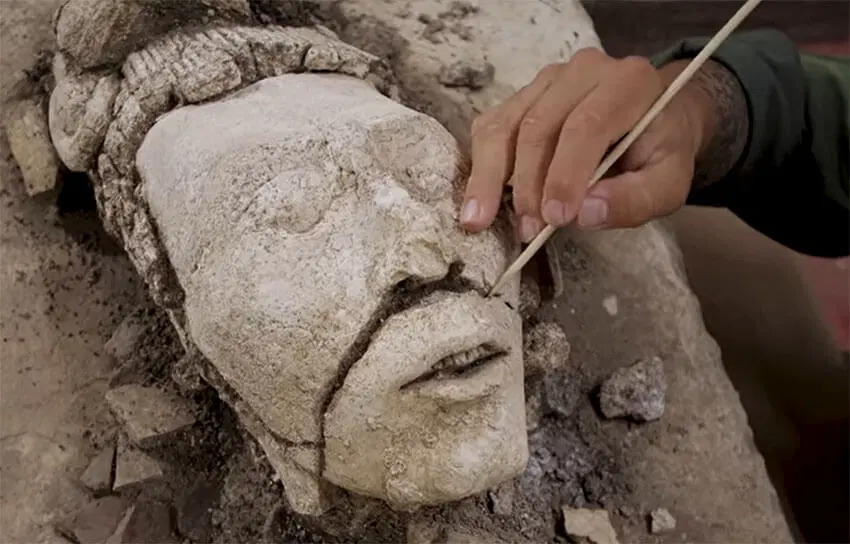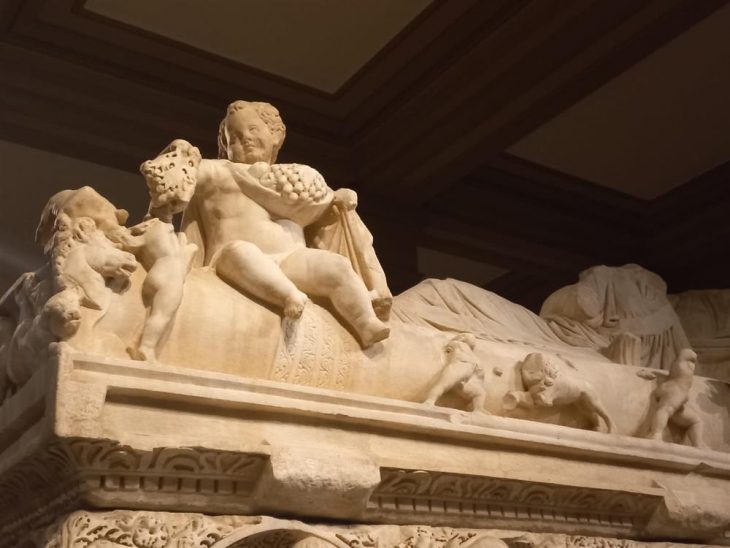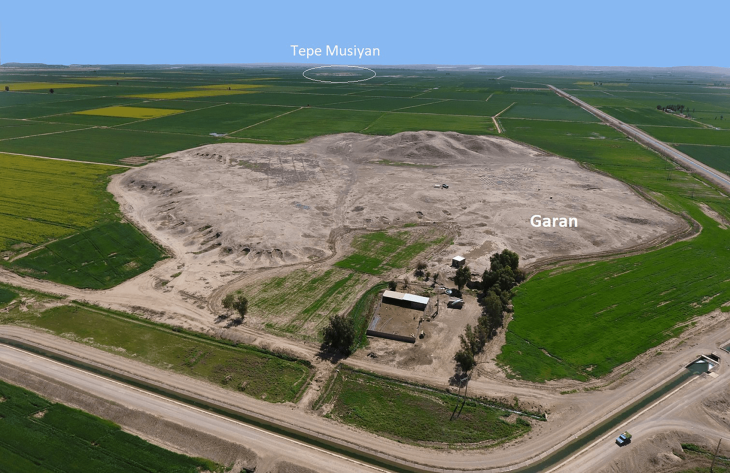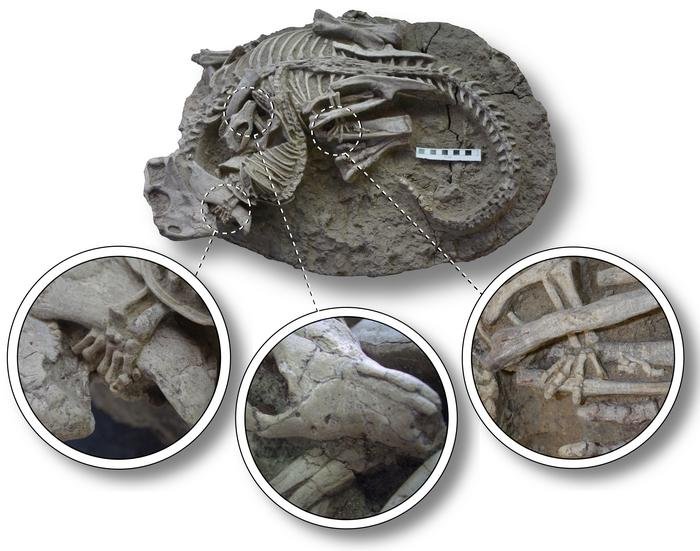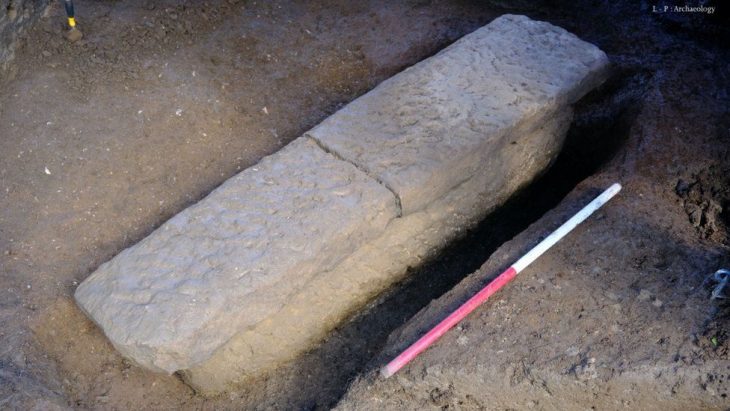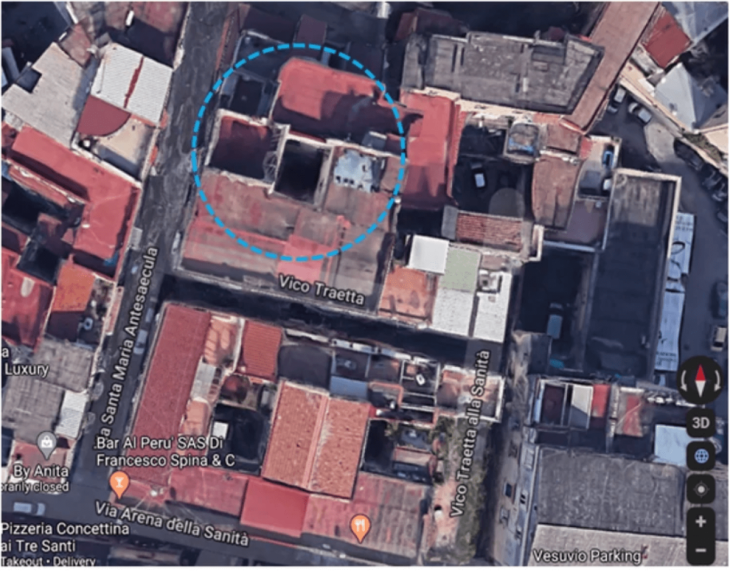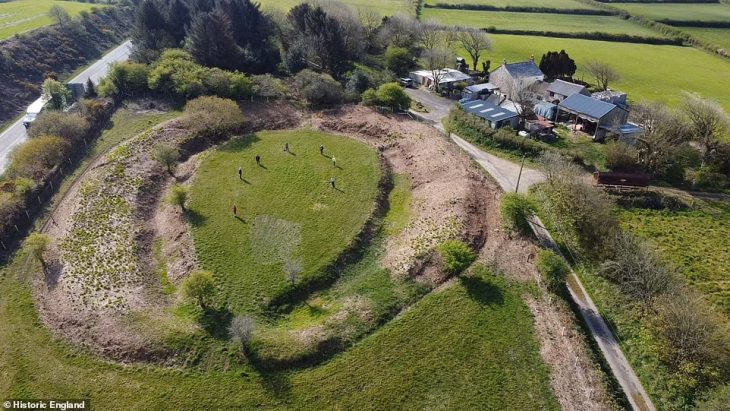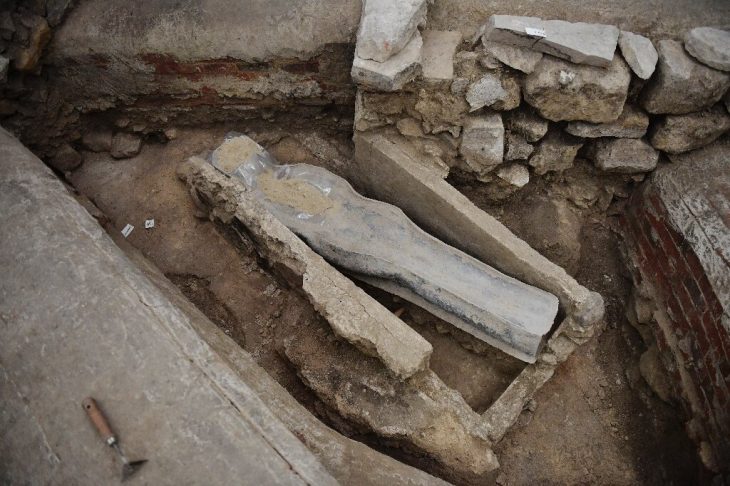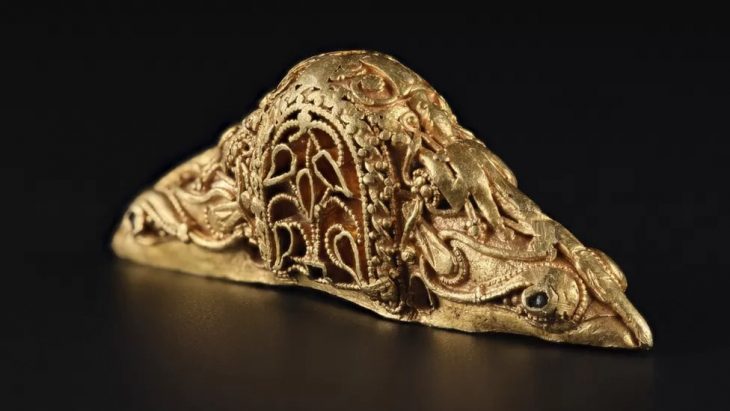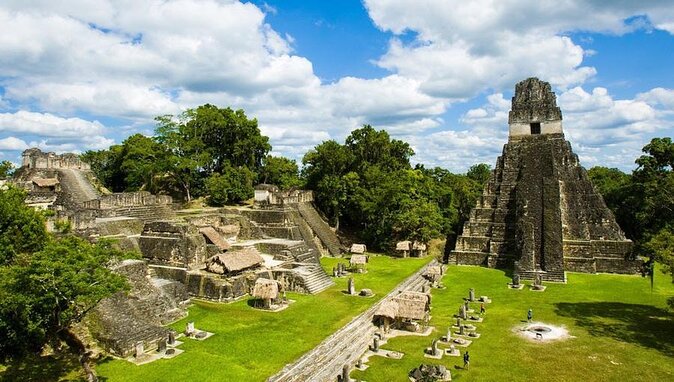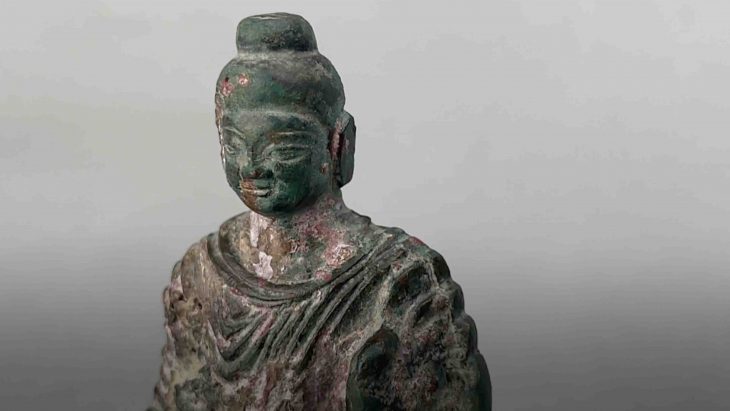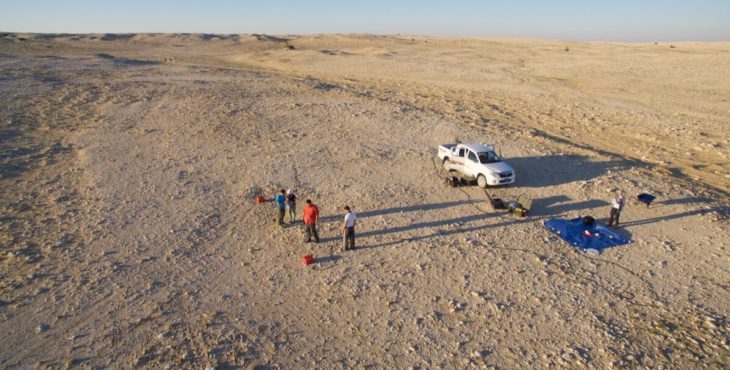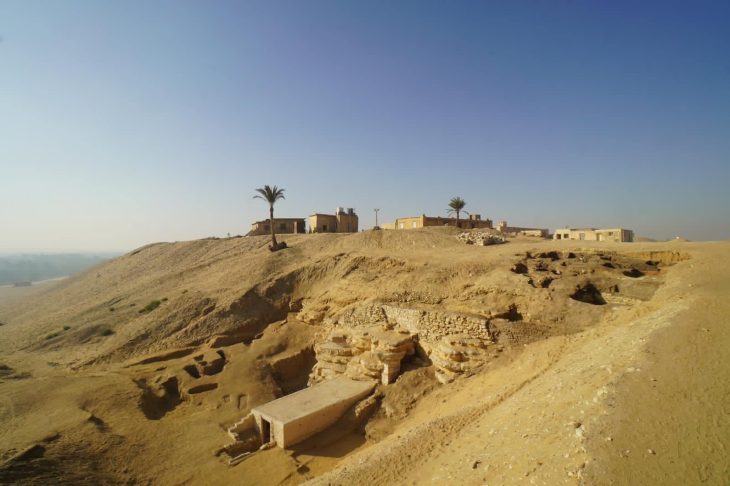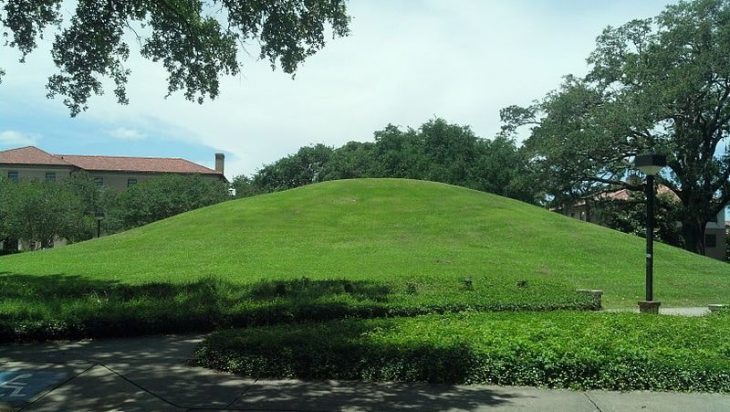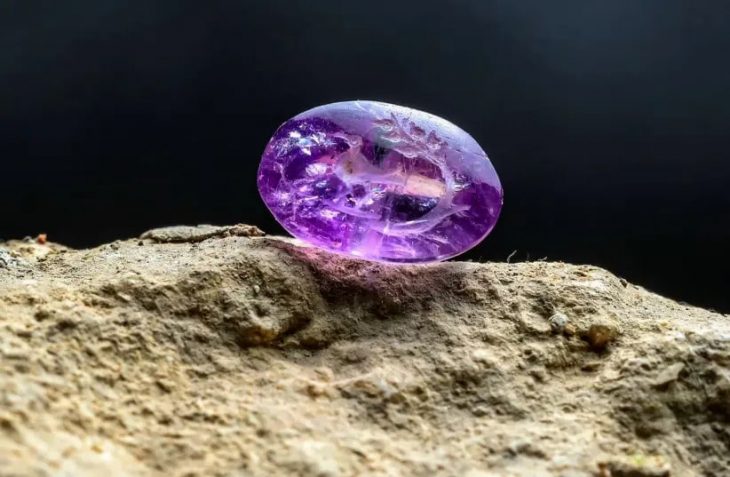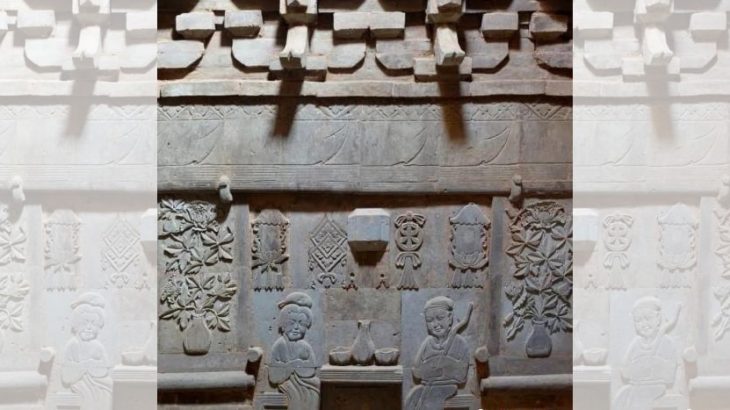Archaeologists from the Instituto Nacional de Antropología e Historia (INAH), an approximately 1,300-year-old sculpture of the head of the Young Maya maize god has been uncovered at the Palenque archaeological site in the southern state of Chiapas.
Experts with the National Institute of Anthropology and History (INAH) found the effigy of the young god last year but the discovery wasn’t reported until this week.
Palenque (or Lakamha in the Itza language) was a Mayan city-state in southern Mexico that lasted until the 8th century CE. It was located near the Usumacinta River. The ruins there are thought to date from 226 BCE to 799 CE. The old city’s mostly known for having some of the finest architecture, sculpture, roof comb, and bas-relief carvings from the Maya world.
While removing debris from a corridor connecting House B and House F in the palace complex, archaeologists found it inside a container with its head in a small pond.
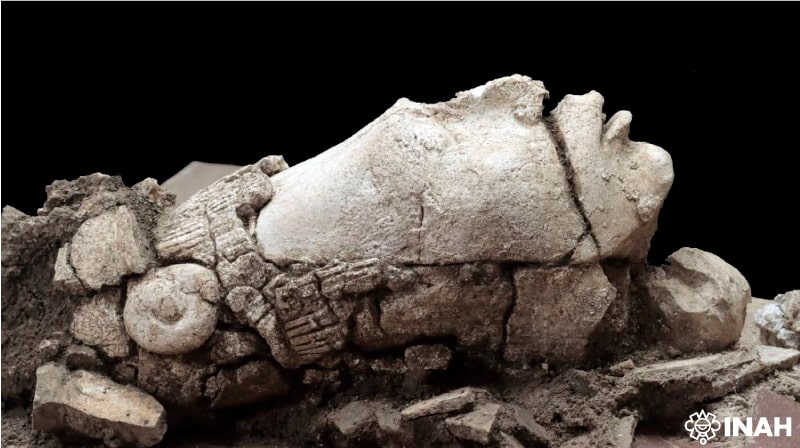
According to the experts, this environment was created to resemble the gateway to the Maya underworld. The Mayans believed that the universe was split into three parts: heaven, earth, and the underworld, with sacred locations like caves and cenotes serving as portals to Xibalba, a subterranean realm controlled by the Maya death gods and their assistants.
INAH researcher Arnoldo González Cruz said: “The discovery allows us to further understand how the ancient Maya of Palenque relived the mythical passage about the birth, death, and resurrection of the maize deity.”
The severed head sculpture would have been placed by the Maya on a tripod. The plaster head is approximately 45 cm long, 16 cm wide, and 22 cm high would have been positioned in an east-west orientation, making it so that the statue would face the sun as it rose. Its positioning was meant to allude to the sun’s role in growing corn plants.
The sculpture has exquisite features: the chin is sharp, prominent, and discrete; the lips are thin and protrude from the inside out—the lower lip slightly down—and the middle incisors are visible. Eyes appear long and narrow, while cheekbones are thin and rounded. The forehead is broad, long, and straight, with a rectangular nose emerging, the dorsum nasi broad and prominent.
By considering the type of plate that accompanied the head of the Young and “Tonsured” Maize God –an adjective that recalls the god’s haircut, which emulates ripe maize–, the piece was dated into the Late Classical Period (700-850 CE).
The discovery was registered during the 2021 season of a project entitled “Architectural Conservation and Decorative Features of El Palacio”, supported by the Ambassadors Fund for Cultural Preservation, run by the U. S. Department of State’s Bureau of Educational and Cultural Affairs.

